Los Angeles Has a Green New Deal of Its Own - No ICE Vehicles by 2050

The last decade is littered with announcements from cities, provinces, and states from across the globe, promising to ban internal combustion vehicles by a predetermined date. While the rules and timelines vary quite a bit, the locations are relatively consistent. China and Europe are the most eager to adopt a zero-emission strategy, with California doing most of the promising in North America.
This week, Los Angeles Mayor Eric Garcetti announced the city’s “ Green New Deal.” Styled to resemble the contentious stimulus program sponsored by Rep. Alexandria Ocasio-Cortez (D-NY) and Sen. Ed Markey (D-MA) that shares its name, LA’s plan is similarly concerned with promoting “environmental justice,” equity, green jobs, renewable energy, improved air quality, and sourcing clean water.
Transportation is also a major component of the deal, with the city suggesting that 100 percent of car sales will be zero-emission by 2050 and 50 percent of all trips could be completed by walking, biking, “micro-mobility” (scooters, etc), or public transit — reducing vehicle miles per capita by 45 percent in the same timeframe.
Most of the city’s plans involve ramping up compliance rates over time. In the case of zero-emission vehicles, LA wants to see 25-percent sales saturation by 2025, 80 percent by 2035, and 100 percent by 2050. Other aspects of California’s Green New Deal are handled in a similar manner, ramping up over time.
The proposal is not limited to personal vehicles. Los Angeles plans to have all Metro and LADOT buses go electric by 2030. Another interesting inclusion involves ensuring the city is “prepared for Autonomous Vehicles (AV) by the 2028 Olympic and Paralympic Games.”
From our vantage, the plan looks unrealistically ambitious. First, the city does not have anywhere near the amount of charging points required to facilitate electrification at this rate. While Tesla’s Supercharger network and Volkswagen’s mandatory investments into the charging infrastructure will undoubtedly help, LA is going to need see a surge in new stations if it hopes to see EV adoption rates keep pace with the Green New Deal.
Meanwhile, other aspects of the plan — like totally eliminating homelessness by 2028 — seem totally impossible. LA has a serious problem with people living on the streets and, even if it does manage to ramp up supportive housing, it’s difficult to imagine tent cities vanishing in less than one decade.
The fix for its energy/pollution problems are even less well thought out. LA wants to build the most reliable grid in the world to support the glut of EVs. However, it also wants to phase out natural gas operations at three power plants in the city by 2029 and eventually move to a grid that’s comprised entirely by renewable energy — leaning primarily on wind and solar and storing every electron it can accumulate.
That may prove insufficient as electric vehicles increase in volume and everyone plugs in their car after work. EVs will add to peak draw hours, likely overwhelming the grid as people also switch on the TV, lights, air conditioner, and whatever other electrical device happens to be within reach. Most experts seem to agree that, once 20 percent of residents in a given area own electric cars, utilities are going to have a very difficult time keeping up during peak hours.
California thinks it can get around this by utilizing smart grids, increasing the city’s cumulative energy storage and forcing every parking lot to have some way of capturing solar energy. It’s all relatively new territory. Researchers are still working on how to cope with what will happen as more people switch to EVs; the general consensus seems to be that a very robust grid must be in place before widespread adoption occurs.
If you want to check out Los Angeles’ Green New Deal, the mayor’s office has released it in its entirety. We’re curious as to your thoughts, especially those of you living in California.
[Image: Michael Vi/Shutterstock]

A staunch consumer advocate tracking industry trends and regulation. Before joining TTAC, Matt spent a decade working for marketing and research firms based in NYC. Clients included several of the world’s largest automakers, global tire brands, and aftermarket part suppliers. Dissatisfied with the corporate world and resentful of having to wear suits everyday, he pivoted to writing about cars. Since then, that man has become an ardent supporter of the right-to-repair movement, been interviewed on the auto industry by national radio broadcasts, driven more rental cars than anyone ever should, participated in amateur rallying events, and received the requisite minimum training as sanctioned by the SCCA. Handy with a wrench, Matt grew up surrounded by Detroit auto workers and managed to get a pizza delivery job before he was legally eligible. He later found himself driving box trucks through Manhattan, guaranteeing future sympathy for actual truckers. He continues to conduct research pertaining to the automotive sector as an independent contractor and has since moved back to his native Michigan, closer to where the cars are born. A contrarian, Matt claims to prefer understeer — stating that front and all-wheel drive vehicles cater best to his driving style.
More by Matt Posky
Latest Car Reviews
Read moreLatest Product Reviews
Read moreRecent Comments
- Theflyersfan I always thought this gen XC90 could be compared to Mercedes' first-gen M-class. Everyone in every suburban family in every moderate-upper-class neighborhood got one and they were both a dumpster fire of quality. It's looking like Volvo finally worked out the quality issues, but that was a bad launch. And now I shall sound like every car site commenter over the last 25 years and say that Volvo all but killed their excellent line of wagons and replaced them with unreliable, overweight wagons on stilts just so some "I'll be famous on TikTok someday" mom won't be seen in a wagon or minivan dropping the rug rats off at school.
- Theflyersfan For the stop-and-go slog when sitting on something like The 405 or The Capital Beltway, sure. It's slow and there's time to react if something goes wrong. 85 mph in Texas with lane restriping and construction coming up? Not a chance. Radar cruise control is already glitchy enough with uneven distances, lane keeping assist is so hyperactive that it's turned off, and auto-braking's sole purpose is to launch loose objects in the car forward. Put them together and what could go wrong???
- Jalop1991 This is easy. The CX-5 is gawdawful uncomfortable.
- Aaron This is literally my junkyard for my 2001 Chevy Tracker, 1998 Volvo S70, and 2002 Toyota Camry. Glad you could visit!
- Lou_BC Let me see. Humans are fallible. They can be very greedy. Politicians sell to the highest bidder. What could go wrong?



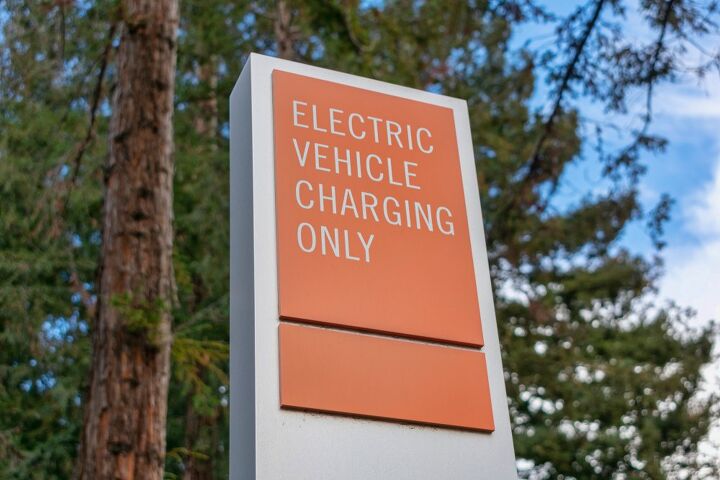














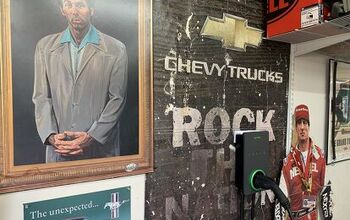

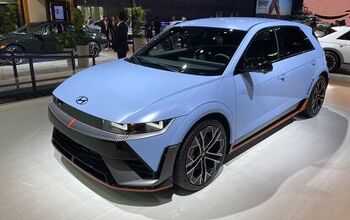
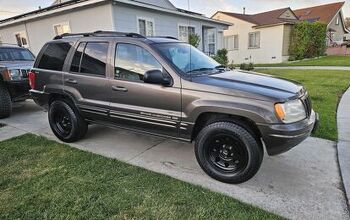
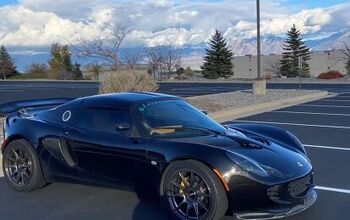
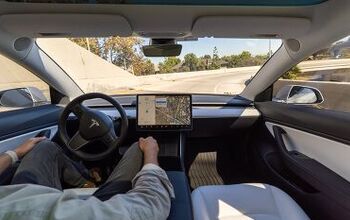
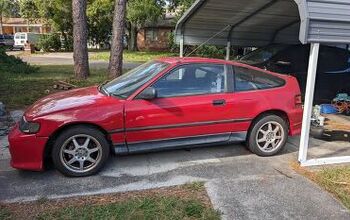
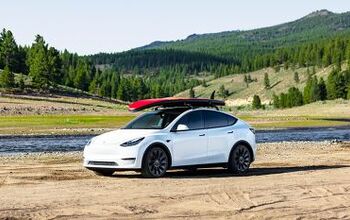
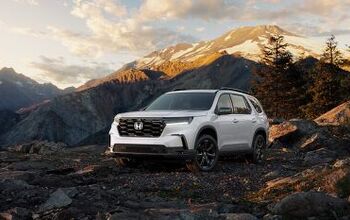
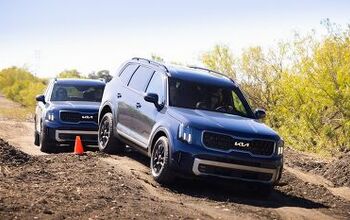
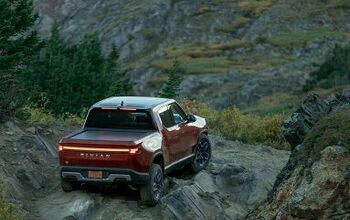
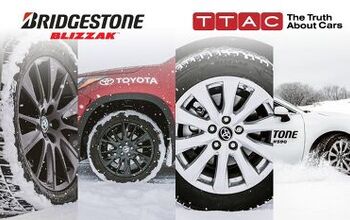
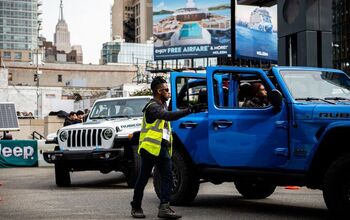
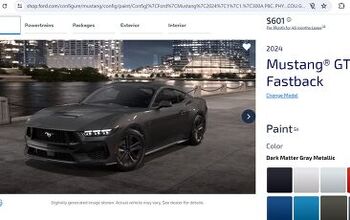
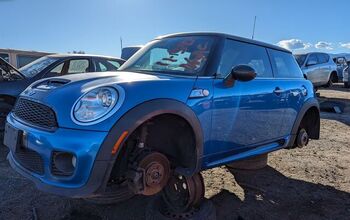
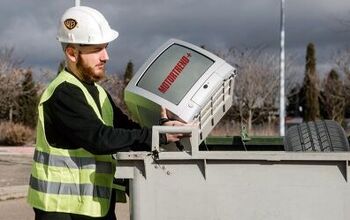
Comments
Join the conversation
Geeky technical question: "That may prove insufficient as electric vehicles increase in volume and everyone plugs in their car after work. EVs will add to peak draw hours, likely overwhelming the grid as people also switch on the TV, lights, air conditioner, and whatever other electrical device happens to be within reach. Most experts seem to agree that, once 20 percent of residents in a given area own electric cars, utilities are going to have a very difficult time keeping up during peak hours." I thought the idea was to charge EV's overnight/after the sun goes down. The last I heard California utilities were offering differential/off-peak pricing to encourage this (such a scheme would definitely incentivize me to charge at 1AM/3AM/etc). I thought this would actually help level out base load (obviously not solar or wind). Has this changed? (Not to mention two-way schemes where I could use my EV or Powerwall to reduce grid demand during the afternoon peak.)
Oh, boy ~ here we go again . When the mayor's only vehicle is an all electric one I'll believe in this foolishness . ? Remember some years back when BMW _GAVE_ the L.A.P.D. several black and white electric cars and NO ONE WOULD DRIVE THEM ? . (I mentioned it here A TTAC in passing) . In time they filtered down to the supply unit where anyone could drive one, any time, for lunch, go shopping, whatever, just USE the damn thing and almost no one ever did so they faded away, I don't know where they went but there's always a place to stash unwanted vehicles . One the one hand I hope this works out, on the other hand there's a fiduciary responsibility to the tax payers here..... -Nate